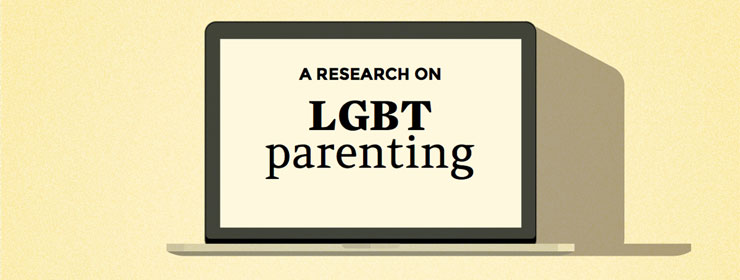
The Report: Same Same but Different
Lgbt parenting and family planning is so a controversial and complex issue, which see involved both human sciences and culture. Despite the Universal Bill of Human Rights and the international intergovernmental conventions, the situation is so confused and diverse by countries and regions from all over the world. There are many aspects that are involved in the controversy, but the main ones are the ones relative the rights empowerment and the children outcomes. With the awareness of this tricky evidence, we addressed our interests trying to give a shape to the debate and the actors involved, with the aim to answer the research question “is it right for lgbt people to have children?”.
After a preliminary analysis of the topic and defining the research question, the research went through five main passages. The aim was to answer five relative questions in order to be able to contextualize the topic itself. This research methodology, called cartographic chain, has the aim to visualize a controversy in its entirety and it allows to represent the complexity of social debates through an original visualization device, developed as a multilayered toolkit to trace and aggregate information. While facing a research on the world wide web, we adopted a variety of digital tools and procedures provided by the Digital Methods Initiative at University of Amsterdam. But it was not only about digital experience: the work process involved widely also manual components, dealing with issues which automatic procedures can not deal with.
The Website: Same Same but Different
The outcomes of our online research didn’t give us any clear answer to the research question we posed at the beginning. The only highlight which we could work on as statistically relevant, came from a similarity of qualitative answer that the collected online voices expressed. The similarity told us that despite the supporting or contrary position of the opinions, the majority agreed that discrimination and economical inequalities threaten the children’s wellness. Considering it as a common evidence, we build an argumentation starting from the international assumptions of human rights, then comparing the same story but with different protagonists: an heterosexual couple and an lgbt one. By the comparison between them, we were aimed to enlighten the difficulties that lgbt people might face during their life, so with the hope to carry the reader to the awareness, and then at the end to take a position to face discrimination. The goal was to increase awareness about the contrasts between the assumption of equality and the inequality of treatments, to motivate people to take action and ask to the regional governments to some reaction, and generally, to catalyze the debate.
Website
note: we do not guarantee that the website is cross browser. we apologise if you experience some problems while browsing the website
Authors
Simone Bernardi Pirini
Federica Colombo
Manuel Nurra
Anne Schirner


